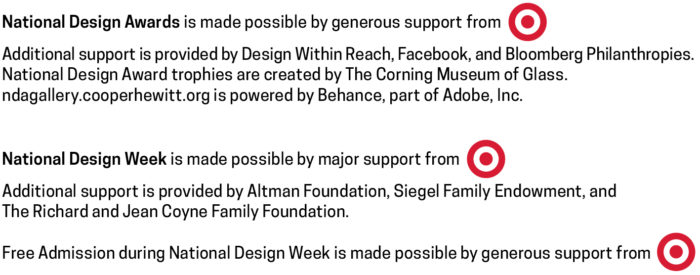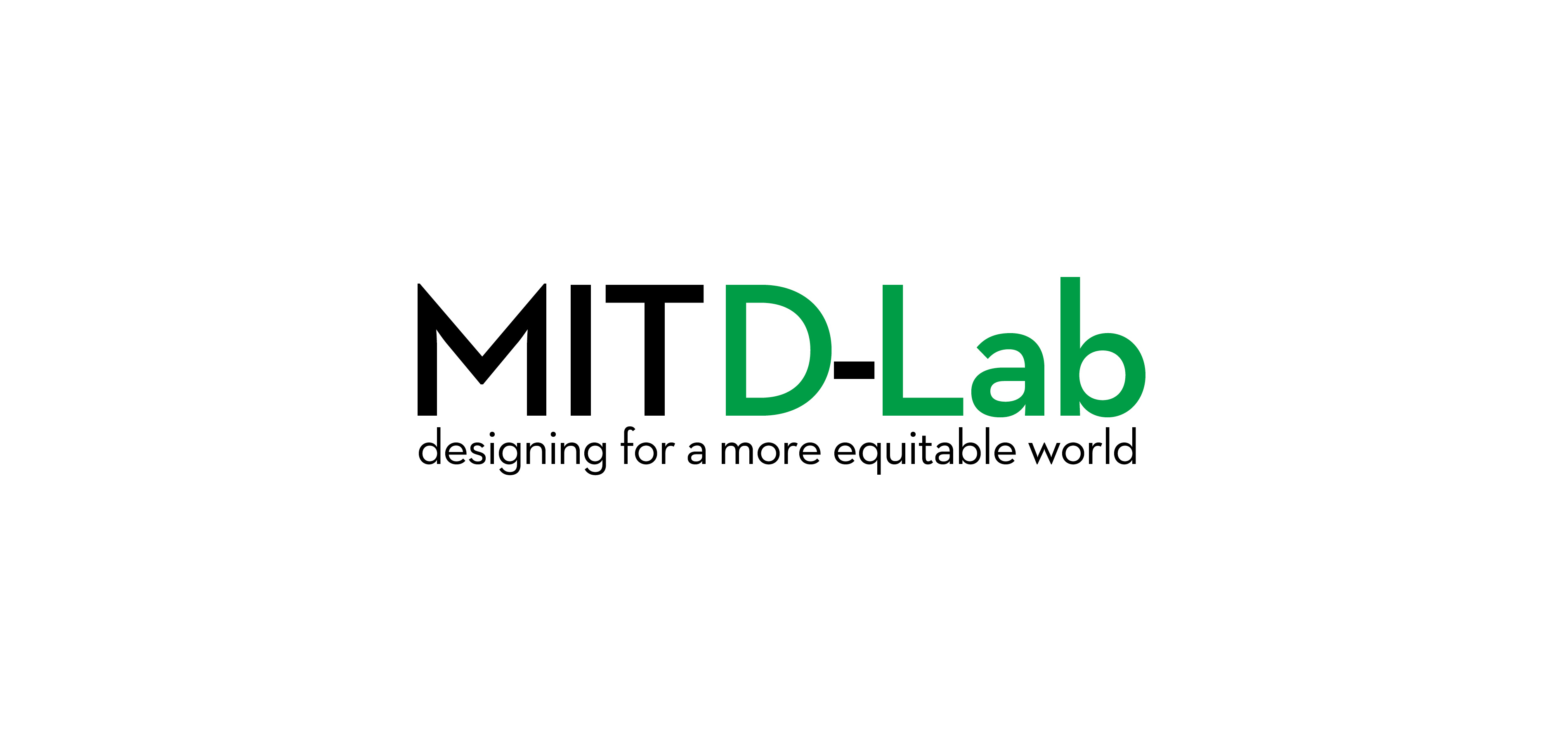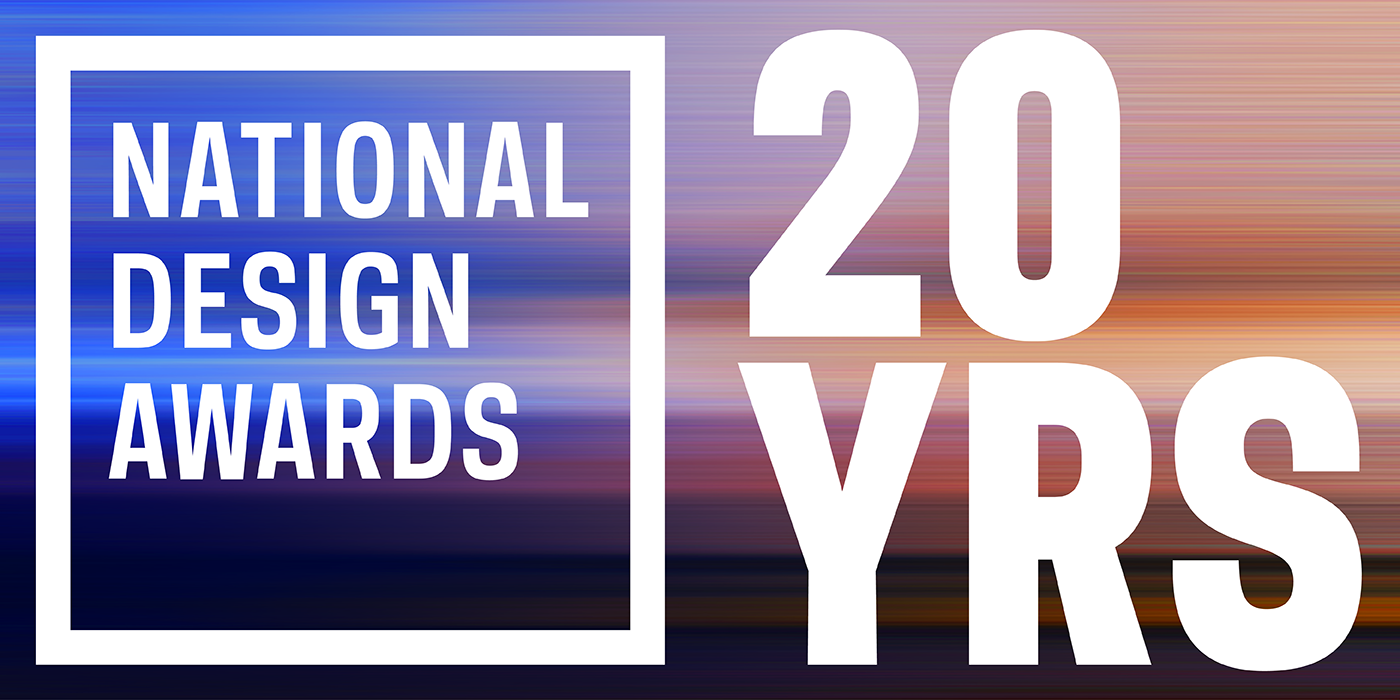MIT D-Lab is the recipient of the 2019 National Design Award for Corporate & Institutional Achievement. Founded in 2002 by MIT senior lecturer Amy Smith, D-Lab began as a single course known as The Haiti Class, which sought to apply engineering and design principles to the complex issues faced by people living in poverty. That first course embodied the values of technical expertise and a commitment to deep and respectful collaborations that D-Lab continues to hold at the center of its work today. D-Lab’s programs include more than 20 interdisciplinary courses, six research groups working in collaboration with global partners and technology development for, with and by people living in poverty.
The National Design Award recipients will be honored at a gala dinner and ceremony Thursday, Oct. 17, in the Arthur Ross Terrace and Garden at Cooper Hewitt.
What three adjectives define “good design” to you?
Simple, cheap, beautiful
Who is a designer, historic or working today, that you would invite to a dinner party?
Leonardo DaVinci
Jim Henson
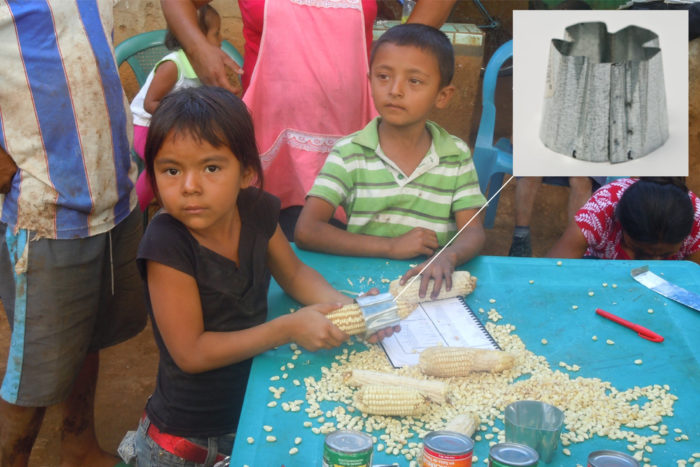
D-Lab, Sheet Metal Corn Sheller (El Salvador, 2002present). Photo: MIT D-Lab
Children in a Salvadoran village shell corn with sheet metal corn shellers made by community members during a D-Lab workshop in 2011. D-Lab teaches communities around the world to construct this simple hand-hand sheller using a jig design by D-Lab, and supports people in coming up with their own variations of the sheller.
How do you relax on your day off?
Swimming or paddling in the ocean
What inspires you when you’re feeling stuck?
Leaving it for a bit, then waking up early the next day and starting again with fresh eyes.
What do Cooper Hewitt and the National Design Awards mean to you?
An opportunity to celebrate and promote design and to create excitement about creativity.
How did you get your start in design?
I think everyone gets their start in design when they are young, and like many young kids, I liked building things. I remember wood-working projects with my dad, craft projects with my mom, and many forts and castles with my sisters. I first started thinking about a career in design while at MIT. I was a mechanical engineering major, and I loved my design classes. I found that it was the perfect blend of creativity and analytical problem solving. I’m not much of a rule follower, and I think that a good designer needs to look at things from new and interesting perspectives, so design really resonated with me and my somewhat irrational need to do things a little differently.
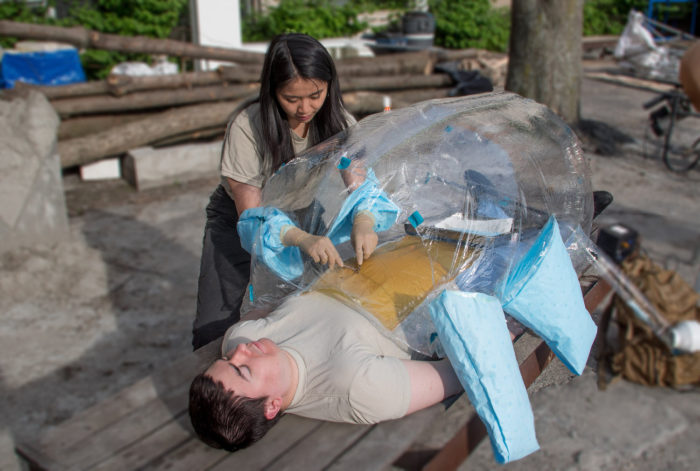
D-Lab, SurgiBox (United States, 2012present). Photo: SurgiBox
An ultraportable inflatable surgical environment designed to reduce surgical site infections by making surgery safer for patients by reducing intraoperative air/skin contamination of incisions and making surgery safer for providers by reducing provider exposure to bodily fluid splashes and aerosol.
Looking over your body of work, is there one design project that holds personal significance for you?
The phase-change incubator was one of my first inventions and the one that I think is truly the most innovative. I tend to design by making connections between disciplines and this is one of those inventions, where vaccine production and household insulation came together in my mind to create a device that enables water testing in remote areas where there is no electricity.
How do you think design will change in the next 20 years?
It is my great hope that design will change by being more accessible to people in low-resource situations, and that it will be used as a tool to empower community development, address issues of global poverty, and promote equity, participation, and inclusion.
What are your words of advice to the next generation of designers?
Recall that the process of design can have as much impact as the products: it brings joy and a feeling that you can do anything, so think about how you can engage users in the process so that they can share that joy and sense of accomplishment.
About the National Design Awards
Cooper Hewitt’s National Design Awards is the only annual program of its kind, bringing national recognition to the ways in which design enriches everyday life. Launched at the White House in 2000 as a project of the White House Millennium Council, the National Design Awards were established to promote design as a vital humanistic tool in shaping the world. Twenty years later, the National Design Awards continue to honor and support excellence, innovation, and lasting achievement in American design. Cooper Hewitt continues to broaden access nationwide to the vision and work of the country’s design leaders through National Design Week and NDA Cities, inspiring people of all ages to engage with design and design thinking.
In celebration of the 20th anniversary of the National Design Awards, Target will offer free admission to all visitors of Cooper Hewitt during National Design Week, Oct. 12–19, to make design accessible to all. Target will also sponsor a series of Cooper Hewitt programming broadening access to the vision and work of the country’s design leaders and inspiring people of all ages to engage with design and design thinking.
